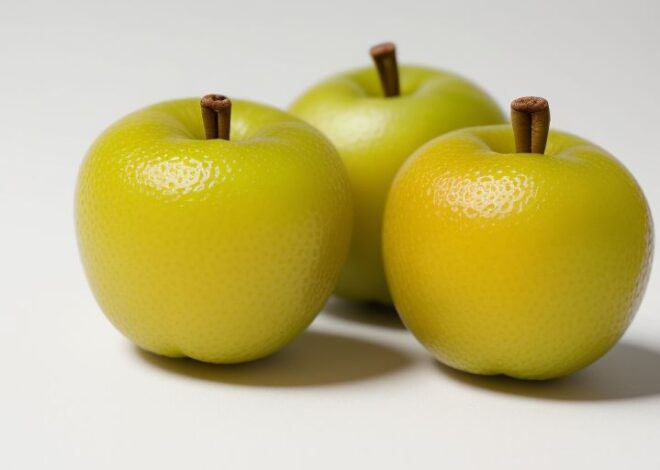
Salal berry
Introduction
Salal berry, also known as Gaultheria shallon, is a type of shrub native to western North America. It is a member of the heath family (Ericaceae) and is closely related to blueberries and cranberries. The salal berry is a small, round fruit with a bluish-purple color and a sweet-tart taste, similar to a combination of blueberries and cranberries. The berry has been an essential food source for indigenous communities in the region for centuries and is now gaining popularity worldwide for its unique flavor and potential health benefits.
Etymology
The name “salal” comes from the Chinook language, spoken by the indigenous people of the Pacific Northwest region of North America. In Chinook, “salal” means “berry” or “fruit.”
Description
Salal berry is a deciduous shrub that grows up to 1.5 meters (4.9 feet) tall. Its leaves are oval-shaped, 5-10 cm (2-4 inches) long, and have a leathery texture. The leaves are dark green on top and lighter green on the bottom. The flowers are white or pinkish, bell-shaped, and appear in clusters. The fruit is a small, round berry, 1-2 cm (0.4-0.8 inches) in diameter, with a bluish-purple color and a sweet-tart taste.
Taxonomy and Cultivars
Salal berry is classified as Gaultheria shallon. It is a member of the heath family (Ericaceae) and is closely related to blueberries (Vaccinium spp.) and cranberries (Vaccinium spp.). There are no known cultivars of salal berry, as it is a wild plant.
| Species | Common Name |
|---|---|
| Gaultheria shallon | Salal Berry |
Distribution and Habitat
Salal berry is native to western North America, specifically in the Pacific Northwest region of the United States and Canada. It grows in moist, acidic soils in forests, woodlands, and wetlands.
| Region | Countries |
|---|---|
| Pacific Northwest | United States (Washington, Oregon, California), Canada (British Columbia) |
Cultivation
Salal berry is typically harvested from wild plants, but it can be cultivated in acidic soils with adequate moisture. It prefers partial shade to full sun and requires consistent watering.
Production and Uses
Salal berry is used as a food source, and its leaves are used for tea and medicinal purposes. The berries are rich in antioxidants, vitamins, and minerals, making them a popular ingredient in jams, jellies, and desserts.
| Use | Description |
|---|---|
| Food | Fresh, frozen, or dried berries; jams, jellies, and desserts |
| Tea | Leaves used for herbal tea |
| Medicine | Leaves used for traditional medicine |
Phytochemistry
Salal berry contains various bioactive compounds, including:
- Anthocyanins (responsible for the berry’s blue color)
- Quinic acid (a phenolic compound with antioxidant properties)
- Flavonoids (antioxidants and anti-inflammatory compounds)
Flavor
Salal berry has a sweet-tart taste, similar to a combination of blueberries and cranberries.
Toxicity
Salal berry is generally considered safe to consume. However, it may cause allergic reactions or interact with certain medications.
Nutrition
Salal berry is rich in:
- Antioxidants (anthocyanins, quinic acid, flavonoids)
- Vitamins (C, K)
- Minerals (potassium, manganese)
| Nutrient | Amount (per 100g) |
|---|---|
| Antioxidants | High |
| Vitamin C | 10mg |
| Vitamin K | 15mcg |
| Potassium | 140mg |
| Manganese | 0.5mg |
Culture
Salal berry has been an essential food source for indigenous communities in the Pacific Northwest region for centuries. It is considered a sacred plant and is used in traditional ceremonies and celebrations.
“The salal berry is a gift from the Creator, and we are grateful for its abundance and flavor.” – Indigenous Elder
In conclusion, salal berry is a unique and fascinating plant with a rich history and cultural significance. Its sweet-tart taste, antioxidant properties, and potential health benefits make it a valuable addition to modern cuisine and natural medicine. As we continue to learn more about this incredible plant, we must also acknowledge and respect the indigenous communities that have cherished it for centuries.


